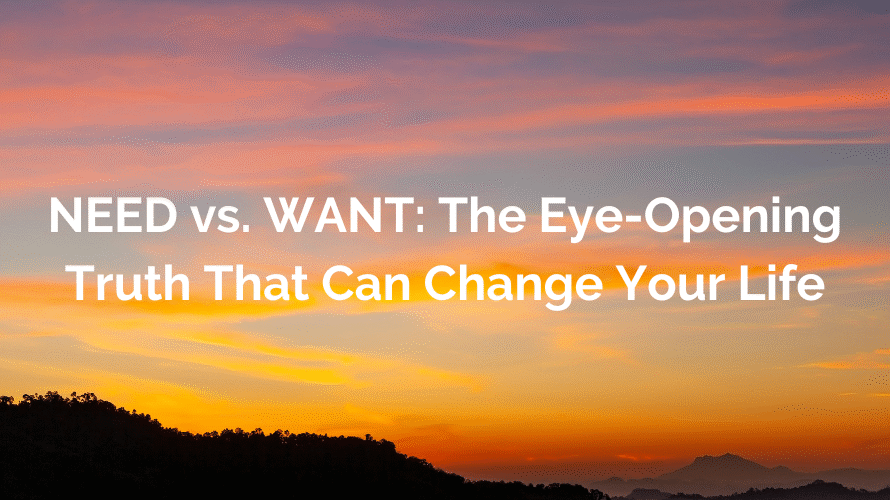In the fast-evolving world of 3D art, visualization, and design, professionals often find themselves standing at a crossroads: freelancing or a full-time job? While both offer unique advantages, the answer in 2025 is more nuanced than ever.
The 3D industry is booming. With tools like Unreal Engine 5, Blender, 3ds Max, and Cinema 4D becoming more accessible and powerful, and industries like gaming, virtual production, real estate, automotive, and AR/VR demanding high-quality 3D content, the opportunities are immense. But which path offers more growth, income, freedom, and sustainability?
Let’s dive deep and weigh the two worlds—freelancing vs full-time job in 3D—and help you decide what’s better for YOU in 2025.
1. Income Potential
Freelancing:
- In 2025, top-tier 3D freelancers easily charge $50–$150/hour, especially in countries like the U.S., U.K., Canada, Australia, and some parts of Europe.
- Platforms like Upwork, Fiverr Pro, ArtStation Marketplace, and even LinkedIn have become effective marketplaces.
- With global clients, you’re not restricted to local salary standards.
- However, income can be unstable, especially for beginners. Feast or famine cycles are real.
Full-Time:
- Offers predictable and consistent salary, paid time off, insurance (in most developed nations), and sometimes bonuses.
- In major studios or tech companies, salaries can range from ₹50,000 to ₹3,00,000/month in India, or $50,000–$120,000 annually in the West.
- While the ceiling may not be as high as freelancing, the floor is more solid.
💡 Verdict: Freelancing can beat full-time jobs in raw income if you’re skilled, visible, and disciplined. But if you’re just starting or prefer stability, full-time may be better.
2. Creative Freedom
Freelancing:
- You choose your clients, your projects, and your direction.
- You can work on a game project one month and an architectural visualization the next.
- You can refuse boring or low-paying jobs (once established).
- More time to build your personal brand, passion projects, or even launch your own studio.
Full-Time:
- You’re part of a larger creative vision, which can be rewarding—but also limiting.
- Most of the time, you’ll be assigned tasks with set briefs, timelines, and expectations.
- You rarely get to say “no” to a project that doesn’t inspire you.
💡 Verdict: Freelancing wins hands down if creative control and variety matter to you.
3. Work-Life Balance
Freelancing:
- Flexible schedule. Want to work from the mountains or travel to Bali with your laptop? Go for it.
- But flexibility can turn into chaos if you lack time management skills.
- Burnout can creep in—especially when juggling multiple clients and revisions.
Full-Time:
- Most jobs offer structured 9–6 or 10–7 routines.
- You get weekends off (usually) and are not expected to chase clients, invoices, or leads.
- However, long commutes, meetings, and office politics can steal your energy and time.
💡 Verdict: Freelancing offers the potential for better balance—but only if you set clear boundaries. Otherwise, full-time offers more built-in routine.
4. Skill Growth and Learning
Freelancing:
- You’re constantly exposed to different pipelines, software, industries, and challenges.
- You learn fast, out of necessity.
- But you’re on your own—no senior mentor or structured training unless you invest in courses or mentorship.
Full-Time:
- You often work with a team—art directors, lead designers, developers—which improves collaborative skills.
- Many companies offer in-house training, software licenses, and learning budgets.
💡 Verdict: Full-time is better for structured, team-based learning. Freelancing is better for independent learners who like experimenting.
5. Job Security and Long-Term Growth
Freelancing:
- You’re only as secure as your next client.
- Platforms can change their algorithms. Clients can ghost you. Economic downturns can dry up work.
- But once established, you build a powerful personal brand and can scale to start your own agency, course, product, or studio.
Full-Time:
- Offers benefits, paid leave, retirement plans, and long-term employment—especially in government or big studios.
- But layoffs still happen. And growth may be slow if you’re stuck in the same role for years.
💡 Verdict: Full-time offers short-term security. Freelancing offers long-term autonomy and business scalability—but only for the persistent.
6. Networking and Visibility
Freelancing:
- You’re constantly reaching out, pitching, posting, sharing your work. This builds your personal brand and visibility.
- You can go viral, become an influencer, or be discovered by big studios.
Full-Time:
- You’re mostly known within your company.
- Limited external exposure unless you actively share your work online.
💡 Verdict: Freelancing gives you more public visibility and networking reach.
7. Taxes and Administration
Freelancing:
- You’re responsible for your own taxes, invoices, contracts, NDAs, legalities, and more.
- You may need an accountant or software to track income and expenses.
Full-Time:
- Employer handles your taxes, payroll, compliance, and benefits.
- Less paperwork and stress.
💡 Verdict: Full-time jobs make your life simpler on the legal and tax front.
What’s the Verdict in 2025?
There’s no one-size-fits-all answer, but here’s a breakdown:
| Category | Winner |
|---|---|
| Income Potential | Freelancing (long-term) |
| Creative Freedom | Freelancing |
| Work-Life Balance | Depends on self-discipline |
| Skill Growth | Full-Time (for structured learning) |
| Job Security | Full-Time |
| Visibility | Freelancing |
| Tax/Admin Simplicity | Full-Time |
A Hybrid Future?
In 2025, the smartest 3D artists are blending both worlds.
- They work full-time while freelancing part-time.
- Or they freelance while partnering with agencies or studios on retainer.
- Some even build products (courses, assets, tools) to create passive income streams.
This hybrid approach gives you the security of a job, the flexibility of freelancing, and the scalability of entrepreneurship.
Final Thoughts
Whether you’re a 3D artist working in Unreal Engine, Blender, 3ds Max, or Houdini, the path you choose should reflect your goals, personality, financial needs, and lifestyle preferences.
- If you crave stability, teamwork, and structure, a full-time job may be your best bet.
- If you value freedom, high income potential, and variety, freelancing could be your calling.
In 2025, the good news is—you don’t have to choose just one forever. You can start with a job, build your network, and slowly transition to freelance. Or you can freelance and later join a studio for collaboration and new experiences.
Whatever path you choose, remember: Your skill is your real job security.
Keep learning, keep evolving.

